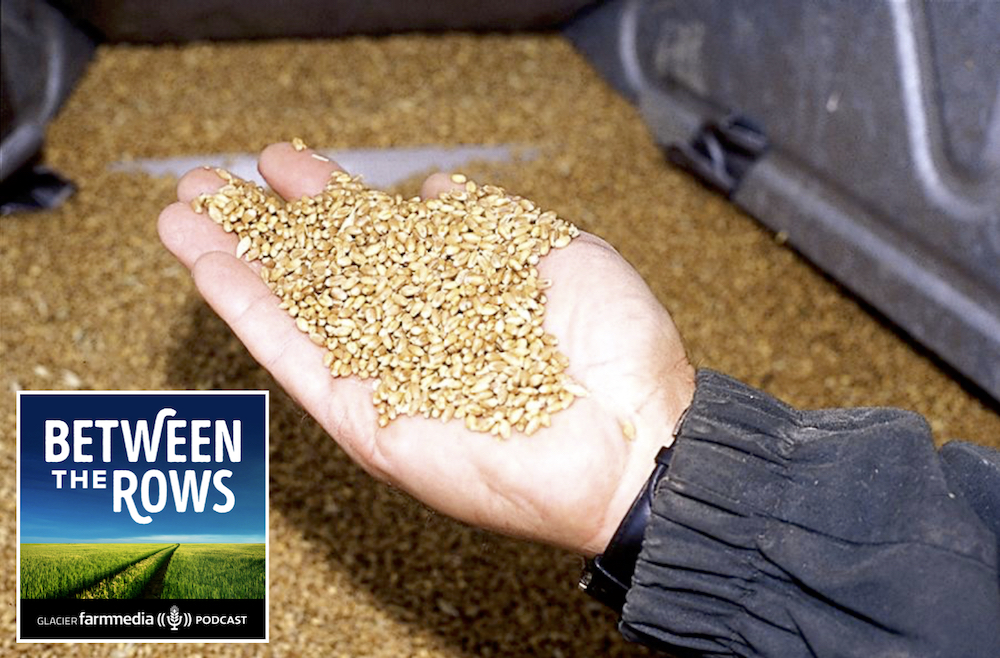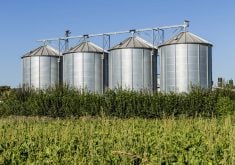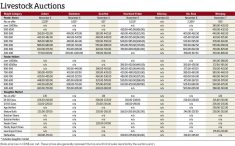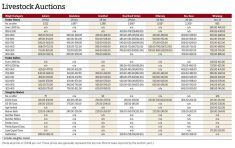Looking for some current insights into marketing your grain?
Here’s a transcript of a recent discussion between journalist Ed White and myself on Between The Rows the podcast of Glacier FarmMedia. I think it can give you some good information for the coming year.
Ed White: 2021 has been a great year for crop prices. That’s fantastic if you’re a farmer with a lot of crop. But for thousands of farmers, 2021 brought a terrible drought and dreadful yields. Many who signed grain contracts logging in 2021-22 prices found they didn’t have enough crop to meet the contracts and had to buy themselves out at very high prices. Right now, new-crop 2022-23 prices look very attractive, but farmers are understandably anxious about committing to anything in the wake of the drought. I spoke to commodity adviser David Derwin at PI financial about how farmers can take advantage of the prices without exposing themselves to too much risk.
Read Also
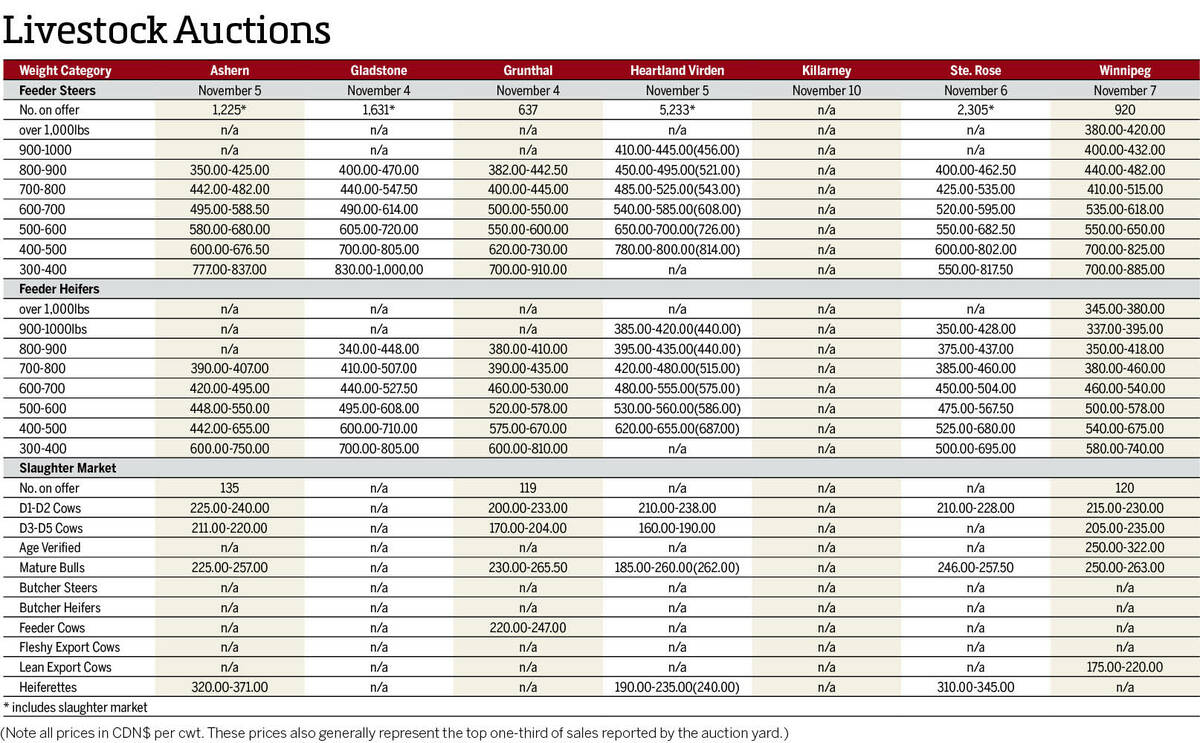
Manitoba cattle prices – Nov. 10
Cattle prices from Manitoba’s major auction marts for the week of Nov. 4-10.
So David, in 2020-21, a lot of guys took out contracts and got into positions that in a normal year, would have been absolutely fine. But they found themselves in the drought and with the wild price action getting caught out either with production or prices, or both. And I’m wondering from your perspective in dealing in this area, what have we learned about marketing in the last year?
David Derwin: Well, certainly no one’s going to forget last year. And like any business, it’s all about having flexibility and being adaptable. It’s about having options, pardon the pun. And having those options in place really give you an alternative to just locking in price and production. You have the ability to say, “OK, if I am going to price some grain, I’ll buy some calls to protect my sale and to still benefit if there’s any upside.” You could also use options instead of pricing that grain; you could buy puts. So now you’ve got downside price protection, basically a minimum floor price, like price insurance, but you still have all the upside. And, you haven’t committed any of your grain for delivery. You have the flexibility to separate your pricing and delivery decisions. After this past year, more and more people are going to take note of that and start to look at how options can be used.
Ed White: Normally, it’s a pretty heavy marketing season over the winter, but this year there’s just less crop in the bin and a lot less which has not already been priced. But as we look forward to the 2022-23 new-crop-year pricing, which a lot of people probably are going to start doing, how do we approach that with what we learned this year, and with drought conditions we’re still operating in?
David Derwin: That is a conversation that I’m having already. And it still comes back to that same point about having flexibility and having options. Prices are very good and they’re still trending higher for now. So here are a couple of things he can do. You don’t necessarily need to lock in and commit your production. We also don’t want to give up opportunities to the upside. But just as important, you don’t want to be exposed to too much production risk. If you’ve seen some very good new-crop basis levels, or some very good new-crop cash bids, maybe sell up to the level only that you’re comfortable with. Then you can add call option strategies to defend that sale and participate if prices go higher. This way, you can manage buyout situations and production concerns. Likewise put strategies protect the downside, where you can lock in a minimum floor price, less the basis. And if prices go higher and higher, that option premium could be the best money you’ve ever spent.
Ed White: And I know as an option specialist, a year ago you were recommending people take options positions and that they were well suited for an environment like this. I’m wondering, though, after the experience of the last year, if people that you’re talking to this fall are more open to exploring the role that options could play in their hedging strategies?
David Derwin: Yes, definitely. There has been an increased interest and people want to have an account set up so they’re ready. It’s all about having more marketing tools in the tool box. For many, the past year has been a bit of an eye-opener because they don’t want to go through that again. I heard someone say, “You know what, I’m never going to forward price any grain again,” which might be a bit of an extreme reaction. But with that sentiment and concern going forward, they’re going to be much more leery. So if I can provide them with another tool to use, then all of a sudden, it makes some of those pricing decisions a lot easier because you don’t have to worry about your production risk. It puts more pricing power in the hands of the farmers.
Ed White: Yeah, I guess one could say, I’m just never going to price anything ever again ahead of it being in the bin. The other is to find something like option contracts, which give you a chance to protect some prices without that risk of not having the crop or pricing at the wrong time. All you’ve got at risk is the premium with options.
David Derwin: Exactly and clients have been using options for years and are very happy with the strategies and the process and how options fit into their marketing plan. It’s important to work in increments, whether it’s 10 per cent, 25 per cent, a third of your crop, or whatever it might be. You’ll also have a certain amount that you’re comfortable pricing up front. But you don’t want to do nothing because we could have a lot of weather volatility. And you also don’t want to let these high prices pass you by either. So it’s a balance of strategies. They all work together to give you that comfort and confidence that you have other tools out there. You don’t always have to do the same thing, you’ve got flexibility. Well, that option premium you invested in will be money well spent and all the while you didn’t have to commit your grain for delivery. Big benefit.
Ed White: Well, thanks very much, David, for taking us through this, and I guess we’ll see how it unfolds.

